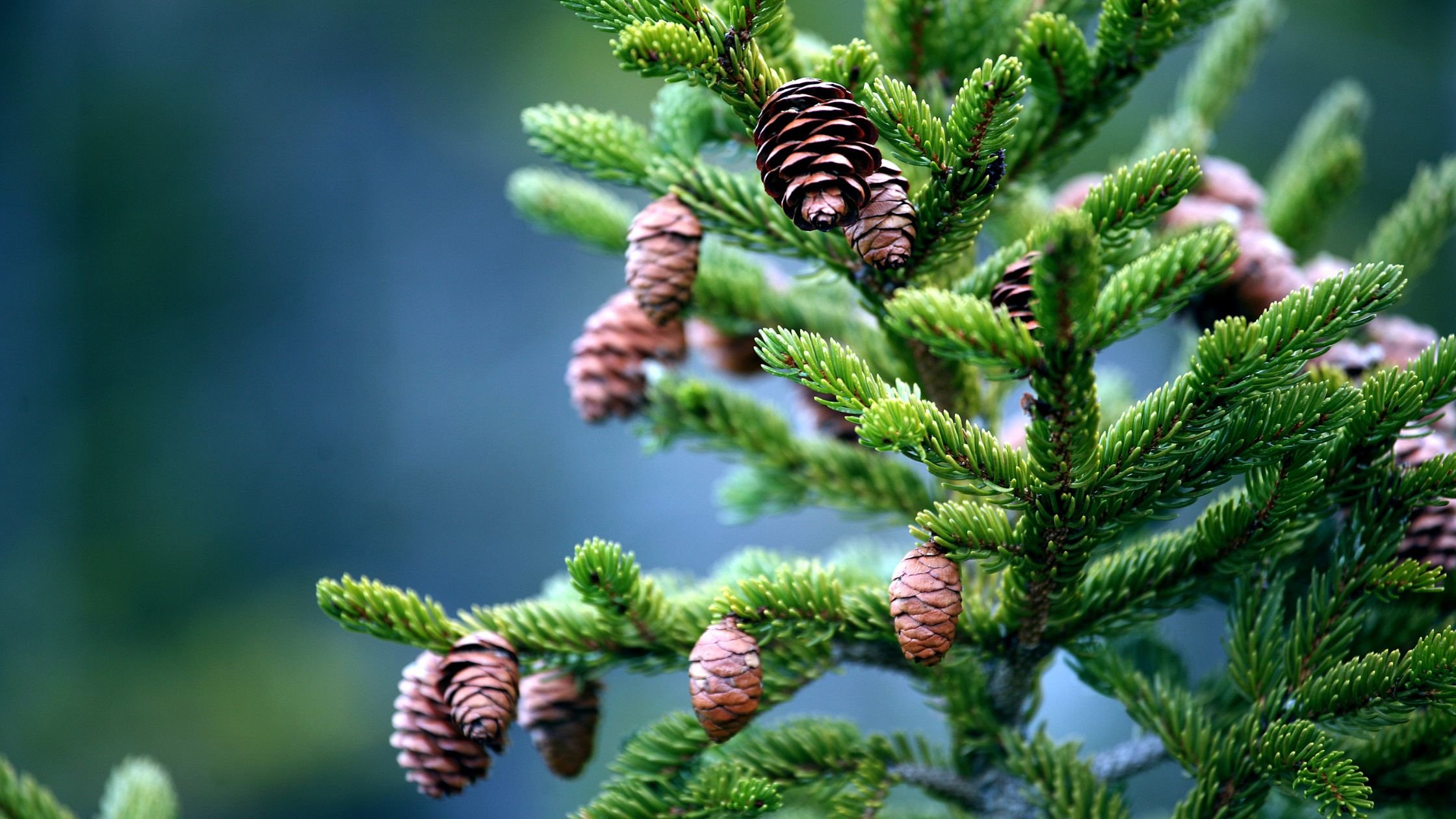The Urgency of Removing Pine Trees with Pine Wilt: Preserving Our Ecosystem
Pine trees stand tall and majestic, symbolizing resilience and beauty in our natural landscapes. However, when the formidable threat of pine wilt disease strikes, it becomes imperative to take action. In this article, we delve into the reasons why removing pine trees affected by pine wilt is a critical step in preserving our ecosystem. By understanding the urgency and potential consequences, we can make informed decisions to protect our environment for future generations.
Controlling the Spread of Pine Wilt: Pine wilt is caused by the pine wood nematode, a microscopic organism that rapidly spreads from tree to tree, wreaking havoc in its wake. Removing infected pine trees is crucial to halt the disease's progression. By eliminating the infected trees, we disrupt the life cycle of the nematode, preventing it from infecting nearby healthy trees. This containment effort is essential to protect the overall pine population in the area.
Protecting Surrounding Trees: Pine wilt is highly contagious, and neighboring pine trees are at great risk of infection. Removing diseased trees acts as a protective measure, creating a buffer zone to safeguard the health of nearby pines. By proactively removing infected trees, we minimize the chances of further transmission and preserve the integrity of our forests.
Preserving Biodiversity: Biodiversity forms the backbone of a healthy ecosystem, providing resilience and stability to natural environments. When pine wilt strikes, it not only affects pine trees but also impacts the intricate web of life that depends on them. By removing infected pine trees promptly, we limit the impact of pine wilt on other plant species, insects, birds, and mammals that rely on a diverse and balanced ecosystem.
Mitigating Fire Hazards: Diseased pine trees are more susceptible to drying out and becoming highly flammable. This heightened risk poses a significant threat in fire-prone areas. By removing pine trees affected by pine wilt, we reduce the likelihood of devastating wildfires that can destroy vast stretches of forests and endanger lives and property. Removing diseased trees helps maintain safety and protects our communities.
Promoting Regeneration: The removal of pine trees affected by pine wilt presents an opportunity for regeneration and rejuvenation. Replanting with diverse tree species, resistant to pine wilt or better adapted to the local environment, can help restore the balance and beauty of the area. It allows for the creation of healthier and more resilient ecosystems that can withstand future challenges.
Conclusion: Removing pine trees affected by pine wilt is a necessary step to preserve the health and vitality of our ecosystems. By controlling the spread of the disease, protecting neighboring trees, preserving biodiversity, mitigating fire hazards, and promoting regeneration, we safeguard our environment for future generations to enjoy. Let us take proactive measures to combat pine wilt and ensure the long-term sustainability and beauty of our natural landscapes. Together, we can make a difference.

